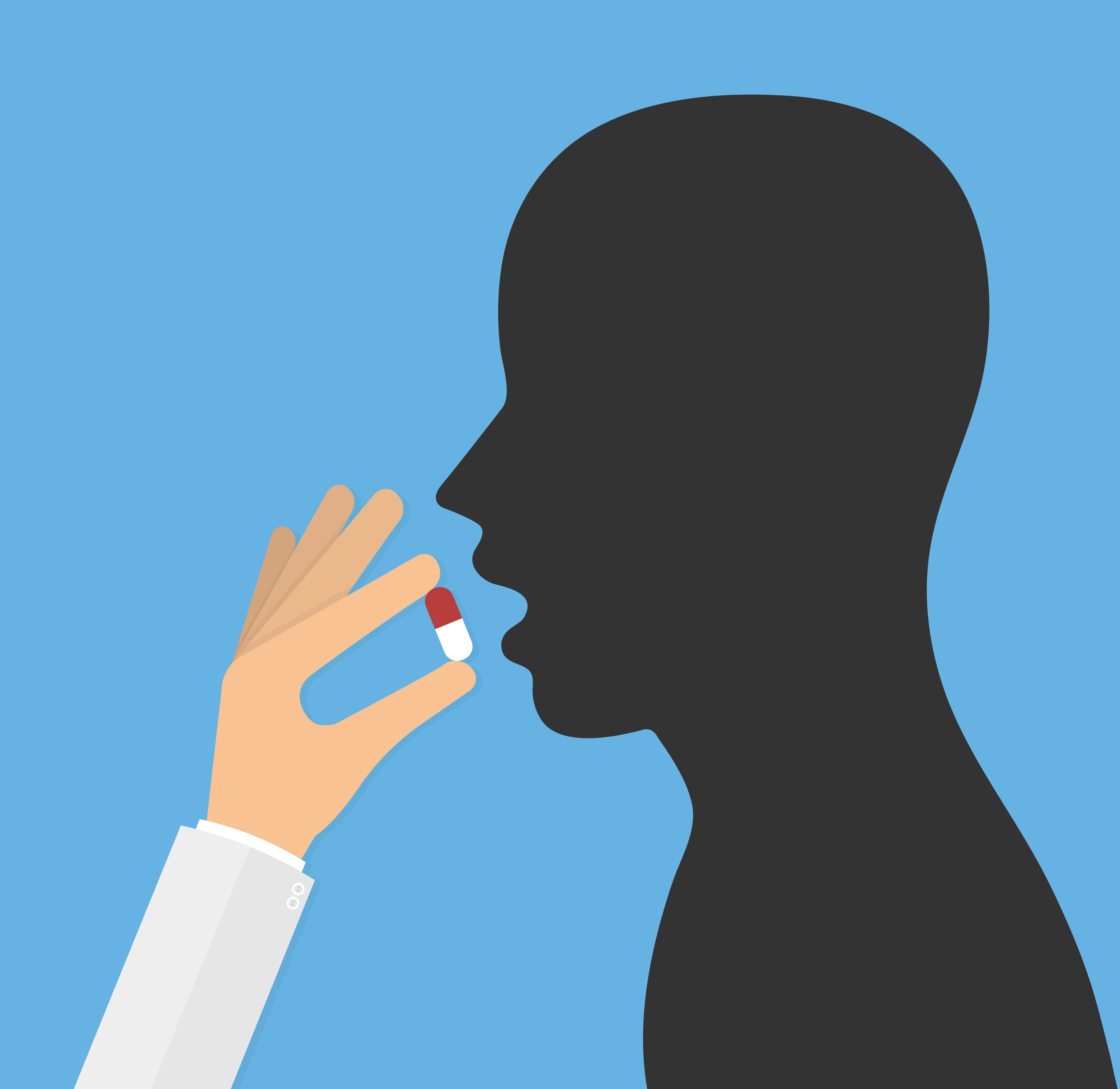Low-risk PAH Patients May Be Able to Switch from Parenteral to Oral Therapies

Low-risk pulmonary arterial hypertension (PAH) patients may be able to switch from pump-infusion parenteral prostacyclin therapy to more convenient oral therapies, according to the study, “Transition from parenteral to oral treprostinil in pulmonary arterial hypertension,” published in the Journal of Heart and Lung Transplantation.
Prostanoids, which include prostaglandins, thromboxanes and prostacyclins, are effective treatments for PAH, and commonly use parenteral administration (i.e., by some route other than through the alimentary canal, such as by subcutaneous, intramuscular, intrasternal, or intravenous injection). Pump-based, parenteral prostacyclin therapy is still the treatment of choice for PAH patients at high risk.
But long-term pump infusion systems are associated with risks — intravenous prostacyclin therapy, for example, increases the risk of bloodstream infection and thrombosis — and are of limited convenience, which could affect adherence.
Researchers studied a group of PAH patients with favorable risk profiles, who transitioned from parenteral to oral treprostinil, a synthetic analogue of prostacyclin, used to treat PAH (an oral, extended-release treprostinil tablet, sold as Orenitram by United Therapeutics, was approved for PAH treatment by the U.S. Food and Drug Administration in 2013).
The transition followed a standardized protocol of 24 weeks with prospective data collection. Researchers included in their analysis repeated measures of exercise tolerance, hemodynamics, pharmacokinetics, and patient-reported outcomes. Specifically, they measured at both baseline and week 24 parameters such as 6-minute walk distance, echocardiogram, right heart catheterization, pharmacokinetics, treatment satisfaction, and quality of life.
In total, the study enrolled 33 patients (76% female, mean age 50), of whom 85 percent were using subcutaneous treprostinil (median dose, 57 ng/kg/min). All 33 patients transitioned to oral treprostinil therapy within four weeks, although two were placed back on parenteral therapy before week 24.
The team observed that clinical efficacy was maintained between baseline and week 24, specifically for the 6-minute walk distance (a test assessing exercise capacity) and hemodynamic variables (including pulmonary vascular resistance). Overall quality of life and treatment satisfaction parameters were maintained, and oral treprostinil therapy improved mood-related symptom and treatment convenience scores (clinical efficacy maintenance was achieved with approximately 1 mg of oral treprostinil, administered 3 times a day, for every 6 ng/kg/min of parenteral drug in an average-sized PAH patient).
Results supported the transition of some PAH patients on parenteral therapy to oral therapy, the researches concluded, avoiding the complications associated with pump-mediated delivery of parenteral therapy. This represents a new management strategy for low-risk PAH patients.







